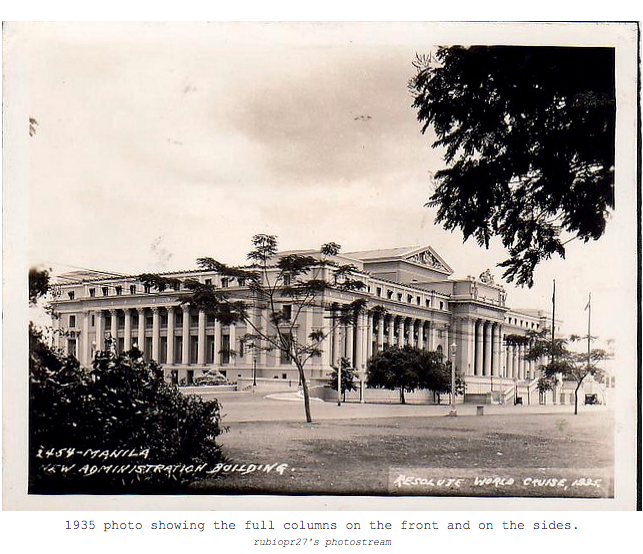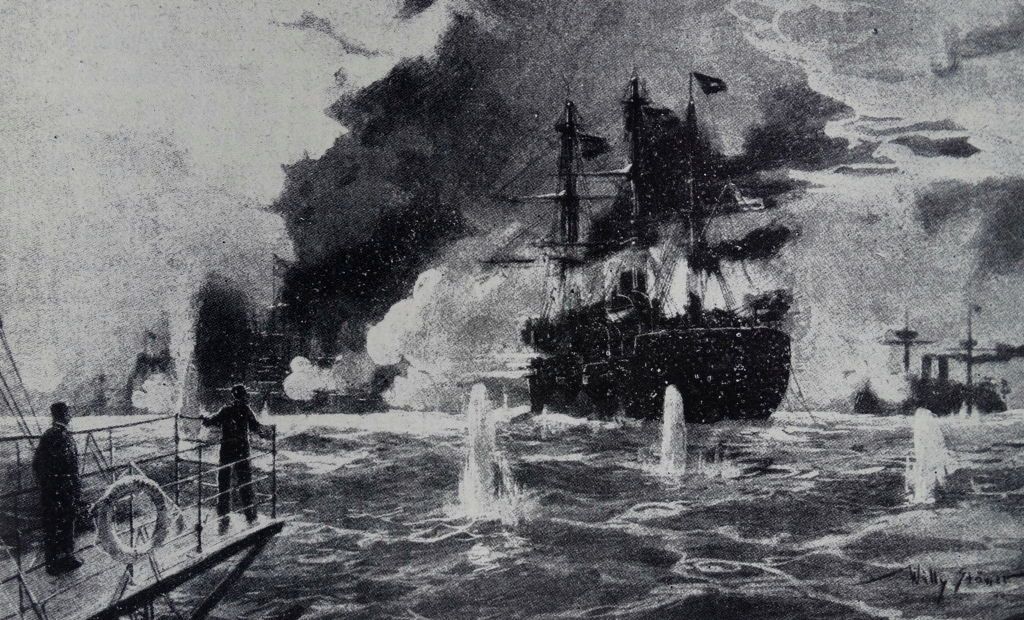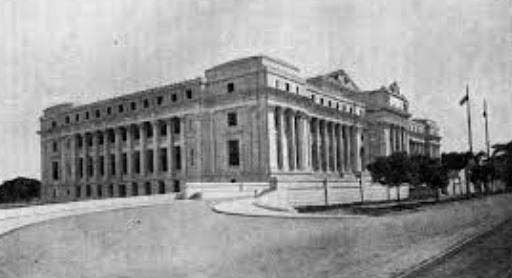The halls of the National Museum of the Philippines have seen the prized works of the country's most sought-after artists. Through the years, it served as a home for lovers of the art and those who seek to feed their souls with colours and rich cultural history
The striking architecture of the National Museum of the Philippines is impossible to miss, even when you're in a city as busy as Manila.
Designed by Ralph Harrington Doane, Antonio Mañalac Toledo, and Juan M. Arellano between 1918-1926, the structure thrives and cradles some of the Philippines' most famous artworks, including Juan Luna's Spoliarium (1884), Guillermo Tolentino's Lualhati, Jose Joya's Hills of Nikko, and more.
In case you missed: Virtual Museum Tour: National Museum of the Philippines Makes Art Accessible Online
In this write-up, Tatler lists some things you may not know about the building:
1. It used to be an old legislative building

Before it was a place for arts, the National Museum used to be a legislative building until 1973, when former President Ferdinand Marcos Sr. abolished Congress and declared Martial Law.
When members of the Senate and the House of Representatives moved to different locations, the legislative building turned into the permanent home of the Philippine National Museum in 1998.




